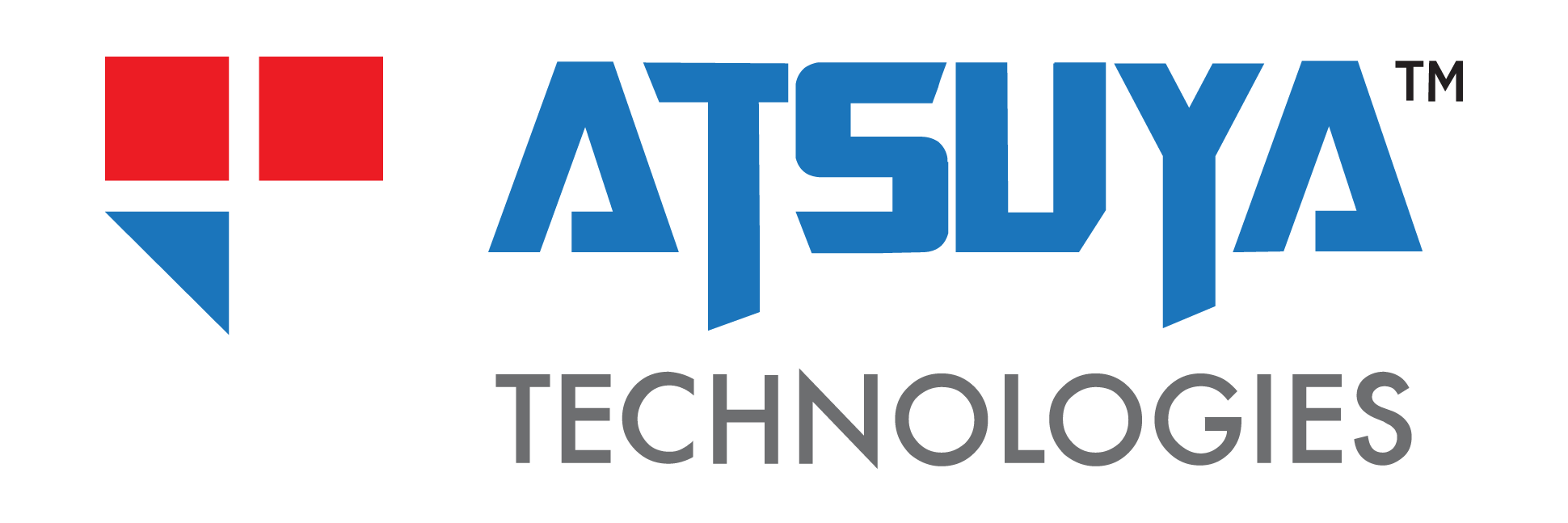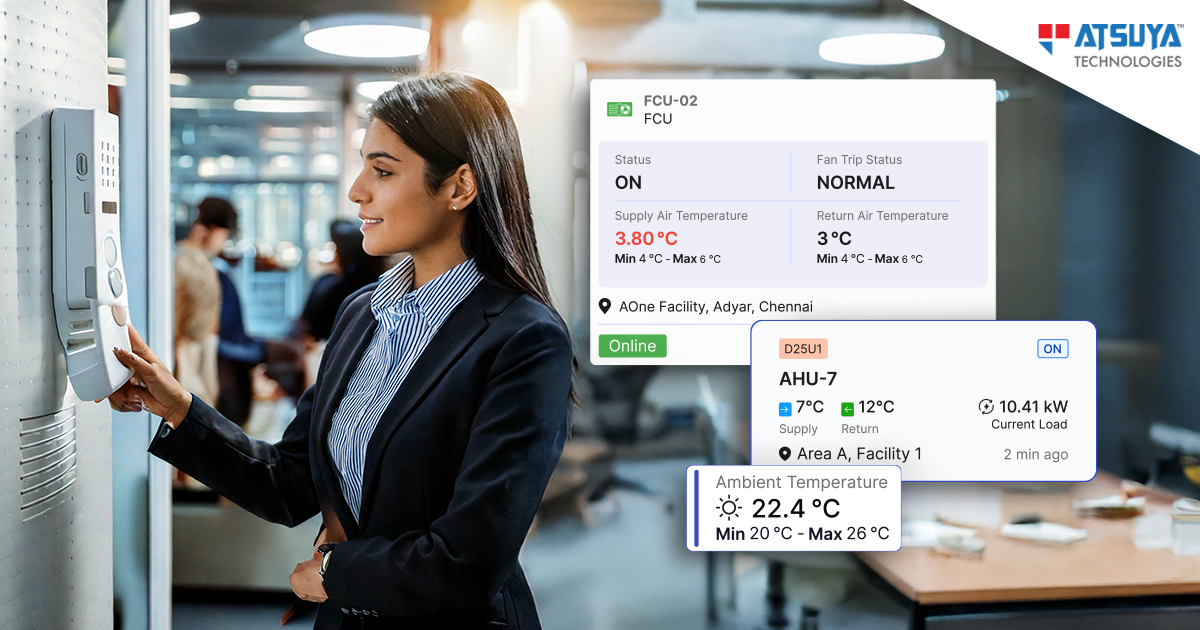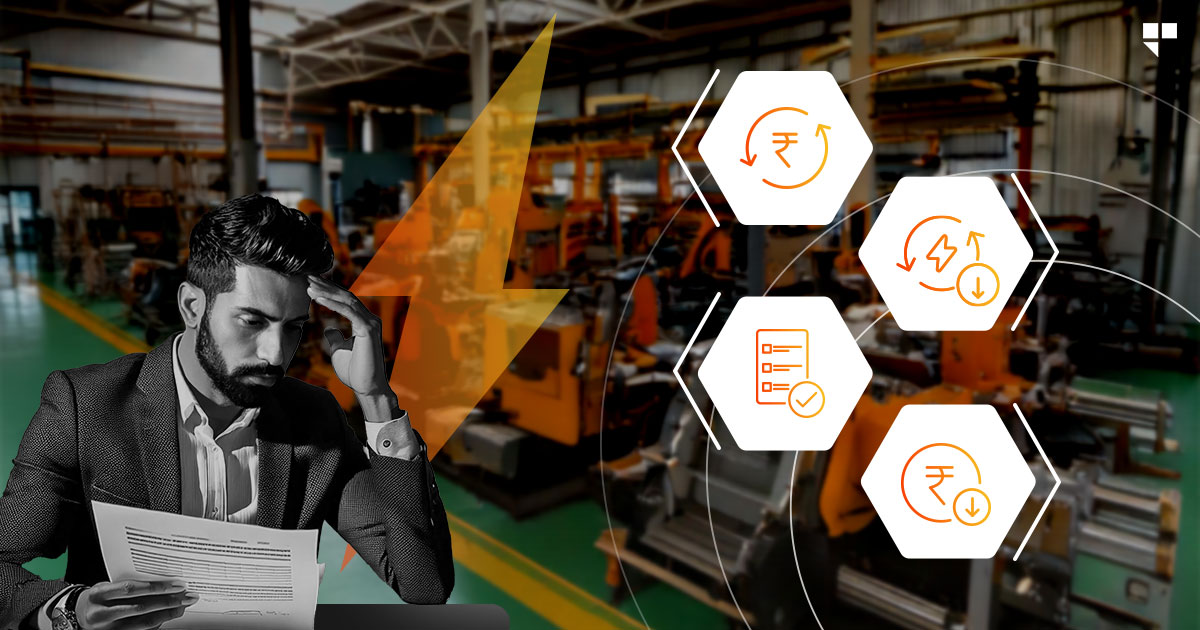
Co-authored by Suhail
Lead UI/UX Designer
Introduction
In B2B markets, IoT has become an indispensable tool for collecting and analysing vast amounts of business data. From supply chain optimisation to predictive maintenance, IoT generates invaluable insights that empower businesses to make informed decisions. However, the raw data generated by IoT devices is often complex and overwhelming. This is where UI/UX design takes center stage, acting as the bridge between businesses and their data. Designers must carefully craft interfaces that not only present data in a visually appealing manner but also ensure that users can easily navigate and interpret the information.
This blog will discuss how UI/UX enhances user experience, making data more easily consumable. Keep reading!
How UI/UX Design Enhances Perception of Business Data
The success of IoT products is determined by how comfortable customers feel when interacting with your digital ecosystem. From a business standpoint, this is the difference between a consumer returning and abandoning a product completely. A poor user experience makes people unwilling to invest in smart devices, and they may even avoid using them altogether.
At Atsuya, we manage over 45 million records of raw data with the aid of AI and ML models that help us assess the patterns and behaviour of assets while giving detailed insights intuitively. Called AOne, our platform is built to cater to people across the different roles in an organisation. Thanks to UI/UX design, the platform is customised according to the roles and responsibilities, which makes the AOne platform unique and easy to navigate.
Here is an overview of a few key user experience elements to improve UX that we worked on:
- ⍚ Role-based user interfaces

The volume of data which is being generated by the sensors and devices is tremendous. Think of the same data being thrown to every user the platform uses. Every user who sees the data looks at it from their perspective and role. Does bombarding them all with the same data help them do their daily tasks? Probably not.
Instead of a one-size-fits-all approach, imagine an IoT platform that personalises the experience for different users. The factory manager gets a dashboard highlighting key production metrics like machine performance and downtime, while the maintenance technician sees detailed diagnostics from individual assets. This way, each user gets the information that’s most useful for their specific role.
- ⍚ Empowering users with personalisation and control

Forget static charts and graphs that leave you feeling lost. Picture an interactive dashboard where users can drill down into specific data points, compare performance across different time frames, and even customise the layout to match the user’s workflow. From changing smaller things like the units of values to even the components the user sees, this personalised control empowers users to uncover hidden patterns and make data-driven decisions with confidence.
- ⍚ Consistent UI patterns

Consistent and reusable patterns create a familiar language that users can easily understand, reducing cognitive load and minimising the learning curve. Think of a unified visual style across different dashboards, with similar icons, menus, and interaction patterns. This consistency builds trust and ensures users can focus on the insights, not deciphering the interface.
Furthermore, responsive design principles ensure that these consistent design patterns seamlessly adapt across different devices and screen sizes. Whether accessing the platform from a desktop computer, tablet, or smartphone, users have a cohesive experience that remains intuitive and familiar. This uniformity enhances user engagement and satisfaction while promoting efficiency and ease of use across all devices.
- ⍚ Easy and intuitive navigation

Envision an interface cluttered with an overwhelming amount of information, featuring hidden features and unclear pathways. It’s undeniably frustrating, isn’t it? Effective UI/UX design, however, enables users to effortlessly traverse the digital landscape and fulfill their objectives with minimal friction.
Imagine a system that flows logically, with clear hierarchies, prominent calls to action, and visual cues strategically placed to guide users seamlessly to the information they seek. This effortless navigation ensures that users can swiftly find the data they’re looking for, maximising their efficiency and minimising frustration. Moreover, interactive patterns play a crucial role in facilitating direct navigation to precisely what the user desires. Whether it’s through dropdown menus, search functionalities, or interactive filters, these patterns empower users to swiftly access the specific information they need without having to navigate through layers of complexity.
- ⍚ Optimise the usability

Data visualisation is great, but it’s just the first step. Think of an IoT platform that goes beyond static charts and helps you take action. Predictive insights highlight potential production bottlenecks for the facility manager, enabling proactive adjustments. This focus on usability ensures the data doesn’t just inform, but empowers users to act upon the insights and optimise their operations.
- ⍚ Smart notifications and alerts

Information overload is real, and aimless alerts only add to the noise. Picture a platform that delivers intelligent notifications, triggered by predefined conditions that truly matter. The facility manager is notified of anomalies like energy consumption or temperature breaches, leading to a swift investigation and potential cost savings. These smart notifications transform data into actionable intelligence, ensuring users focus on what truly matters and react promptly to critical events.
Conclusion
Effective user experiences for IoT products and business data platforms is critical for success in today’s digital landscape. Focusing on key elements such as role-based interfaces, personalisation, consistency, intuitive navigation, and interactive patterns can help users to not only get actionable insights, but also empower them to make informed decisions. In B2B markets, UX/UI design plays a crucial role in bridging the gap between data and action. Adopting effective design patterns can help drive insights and solve business problems across diverse industries, thereby enhancing user engagement and satisfaction.




